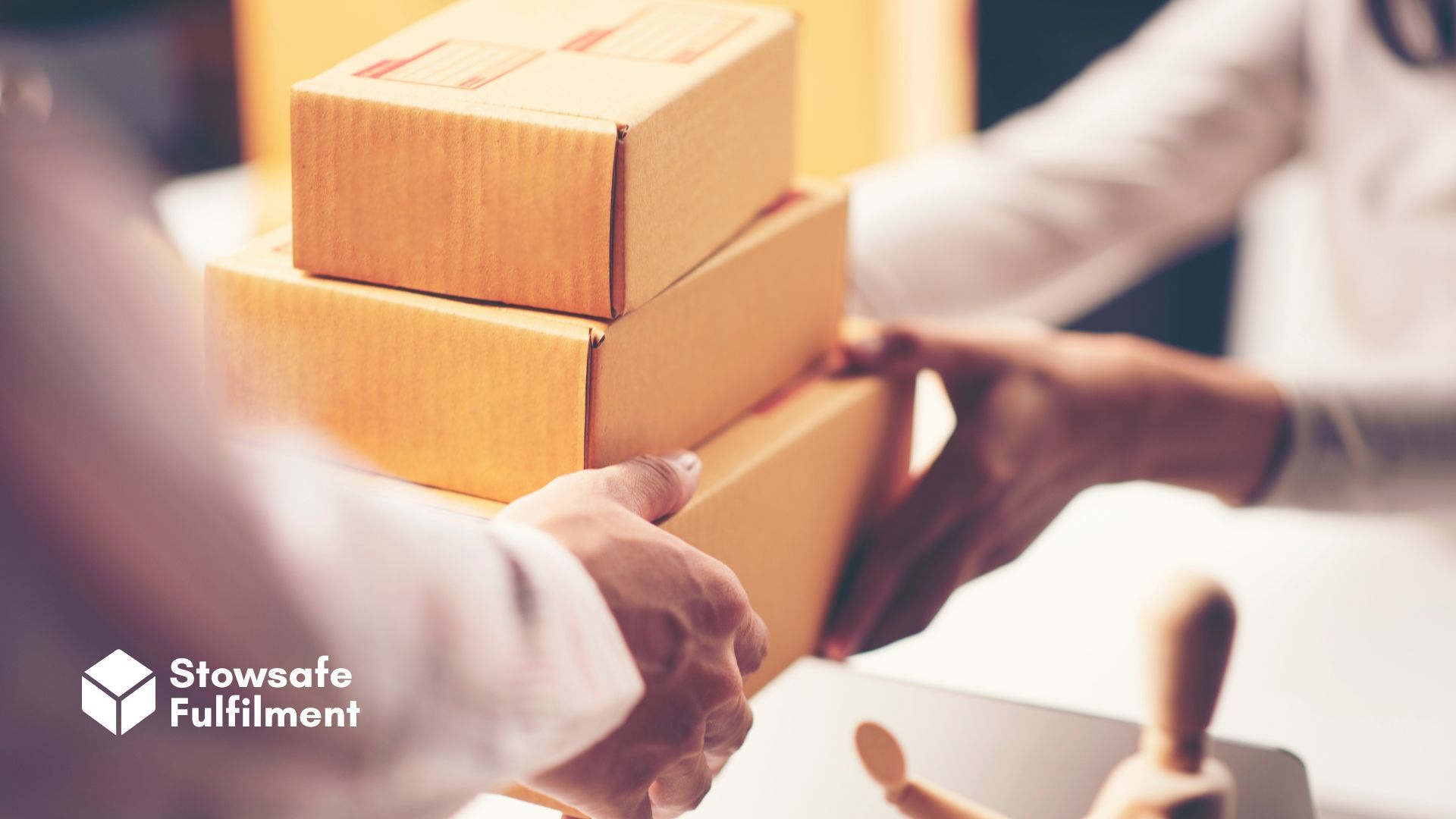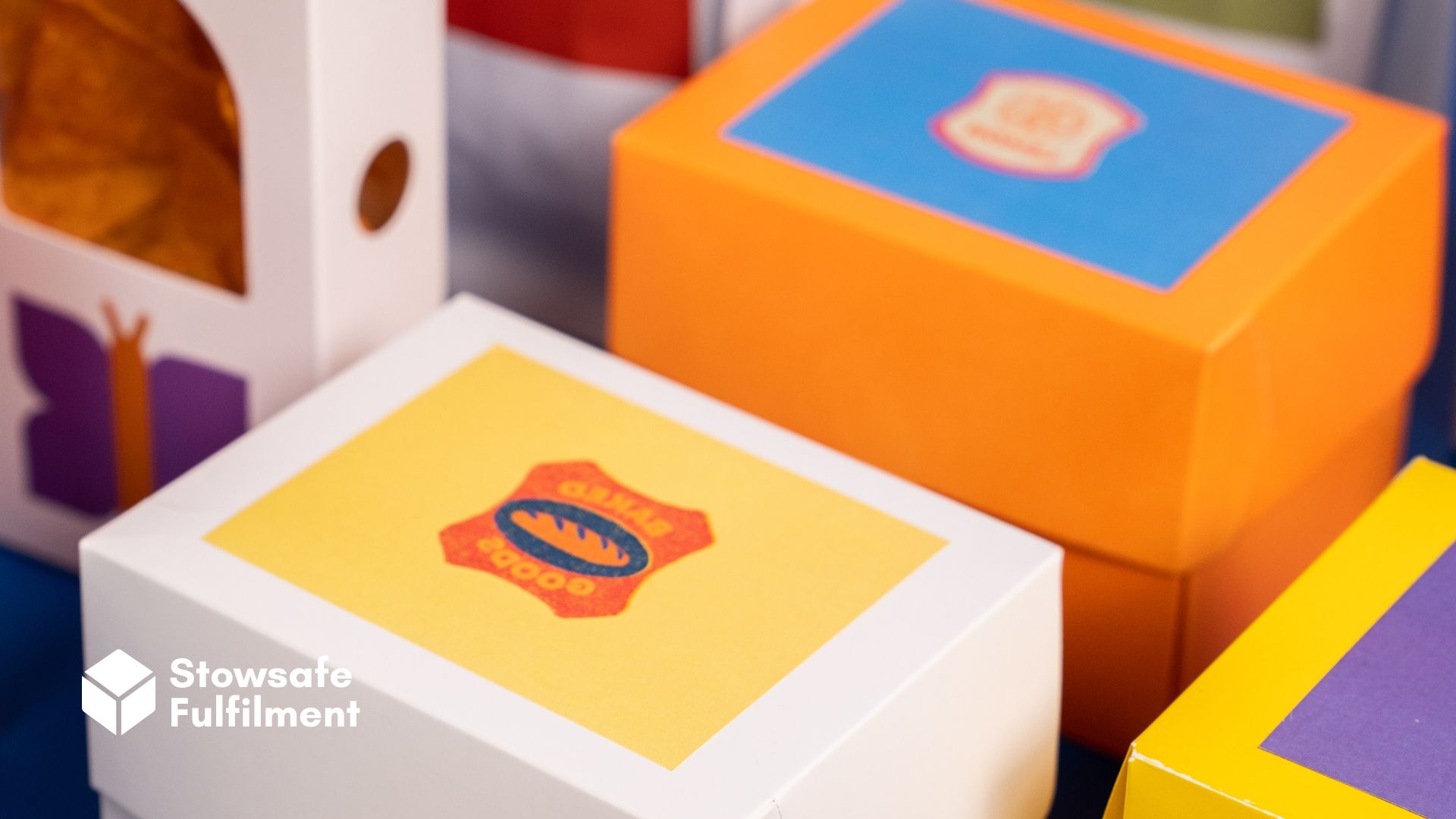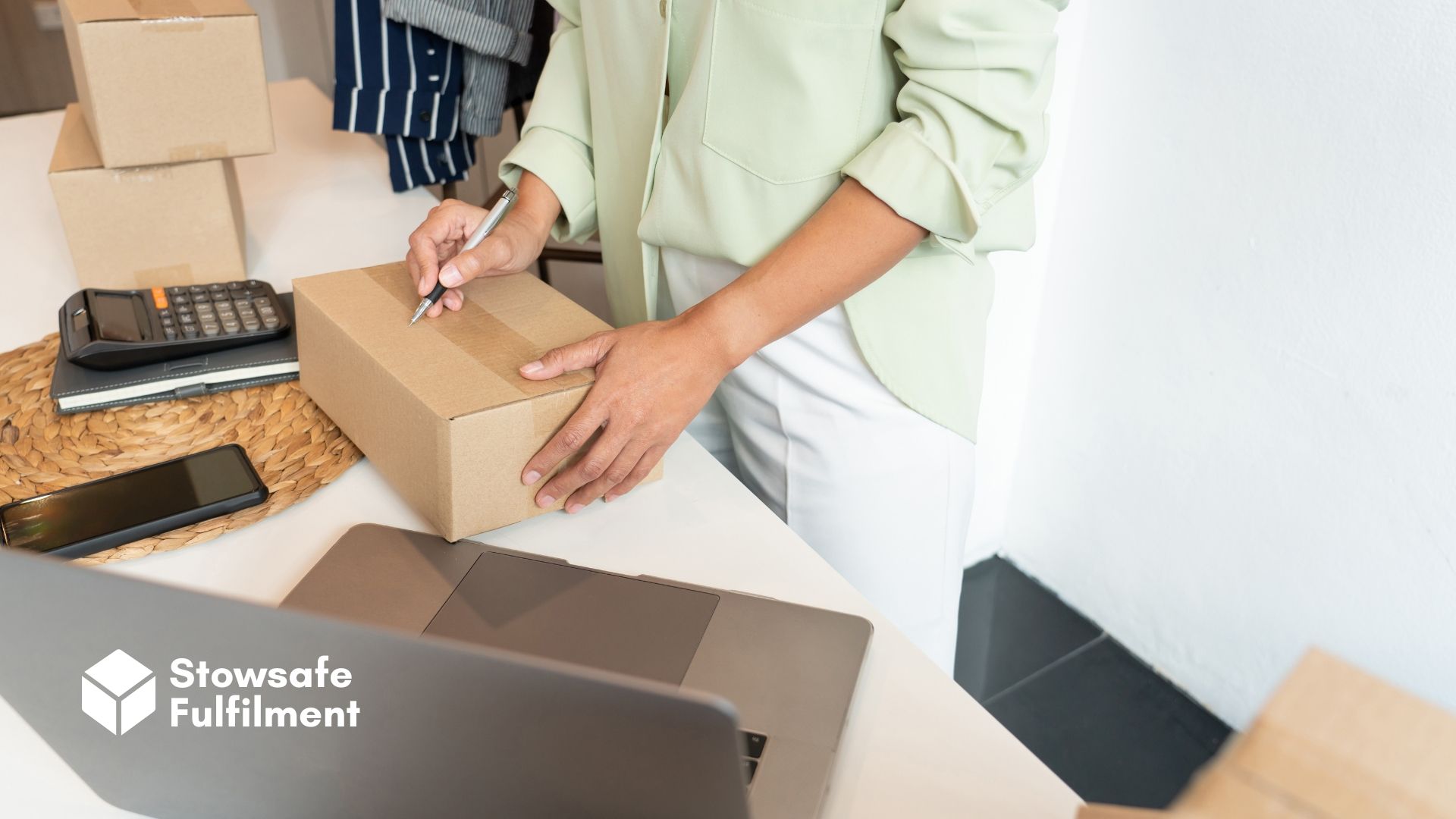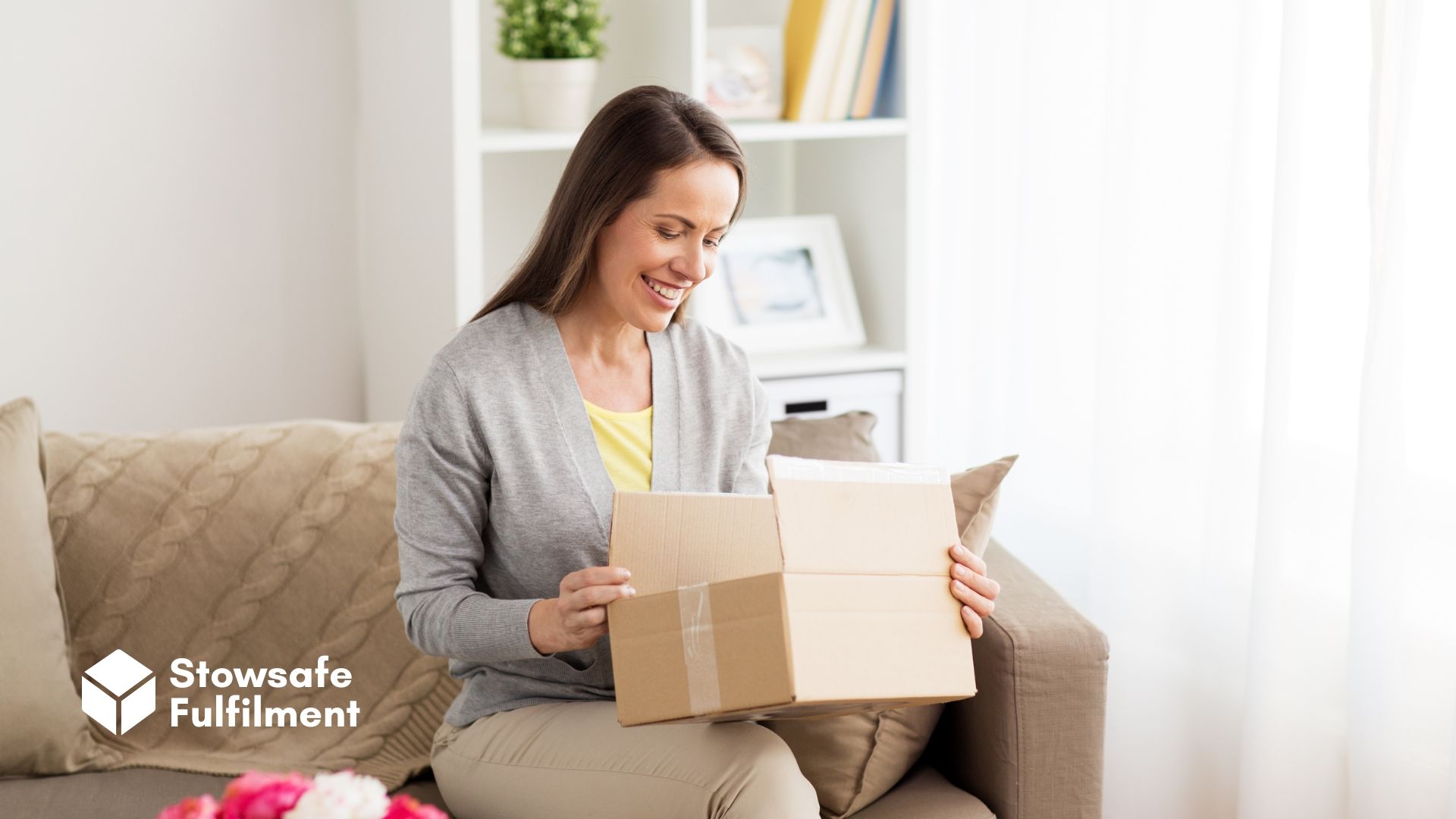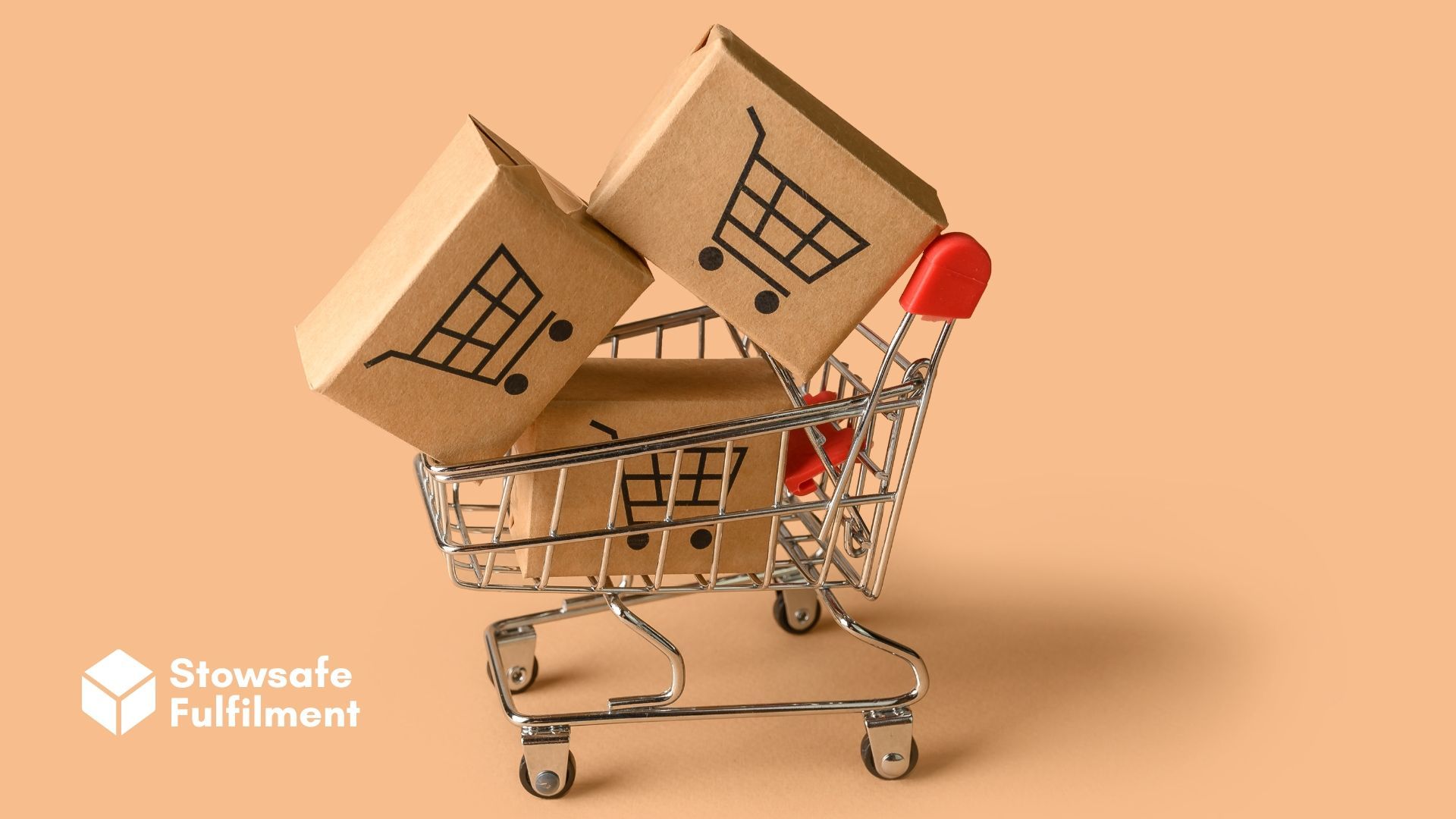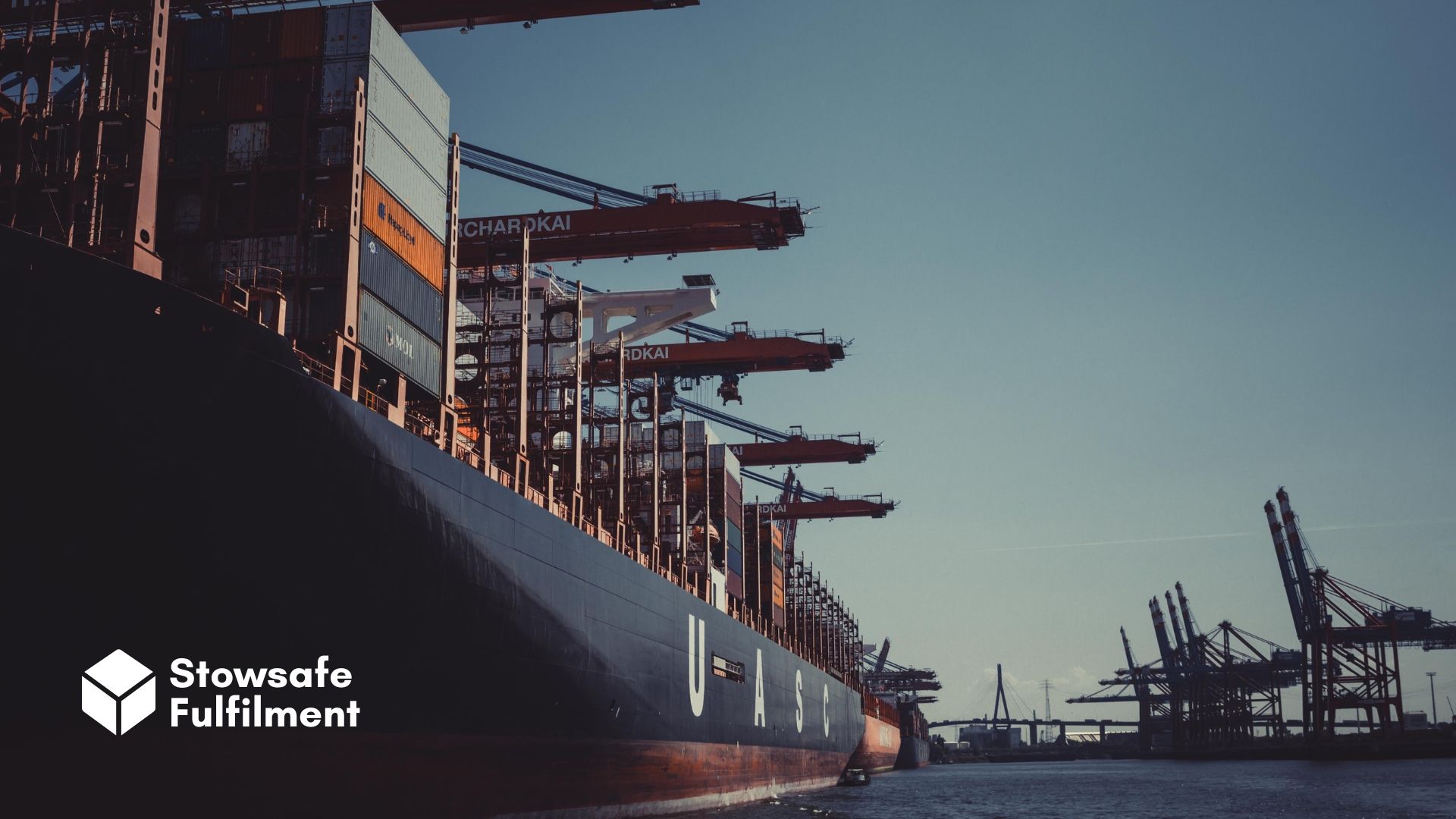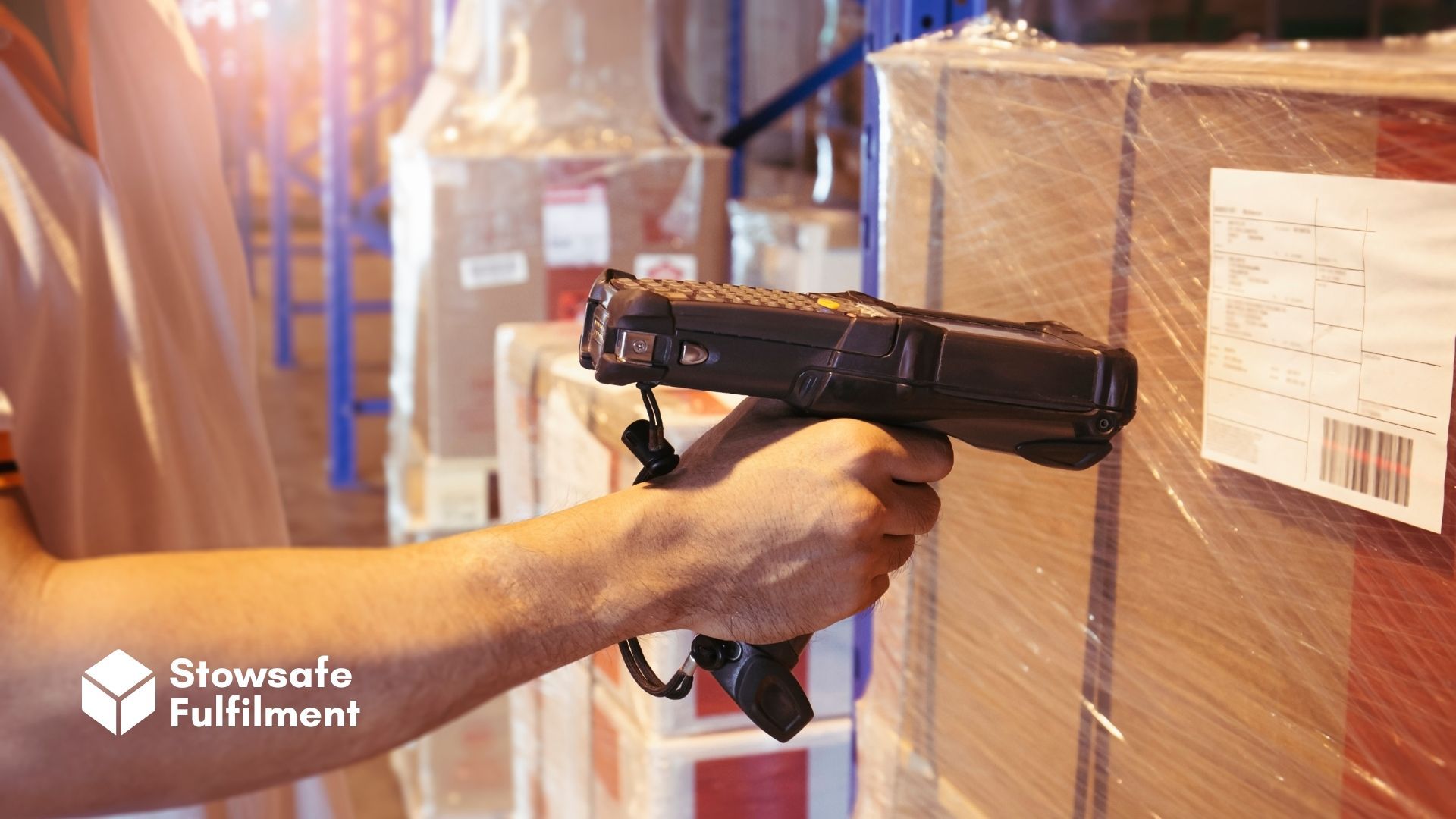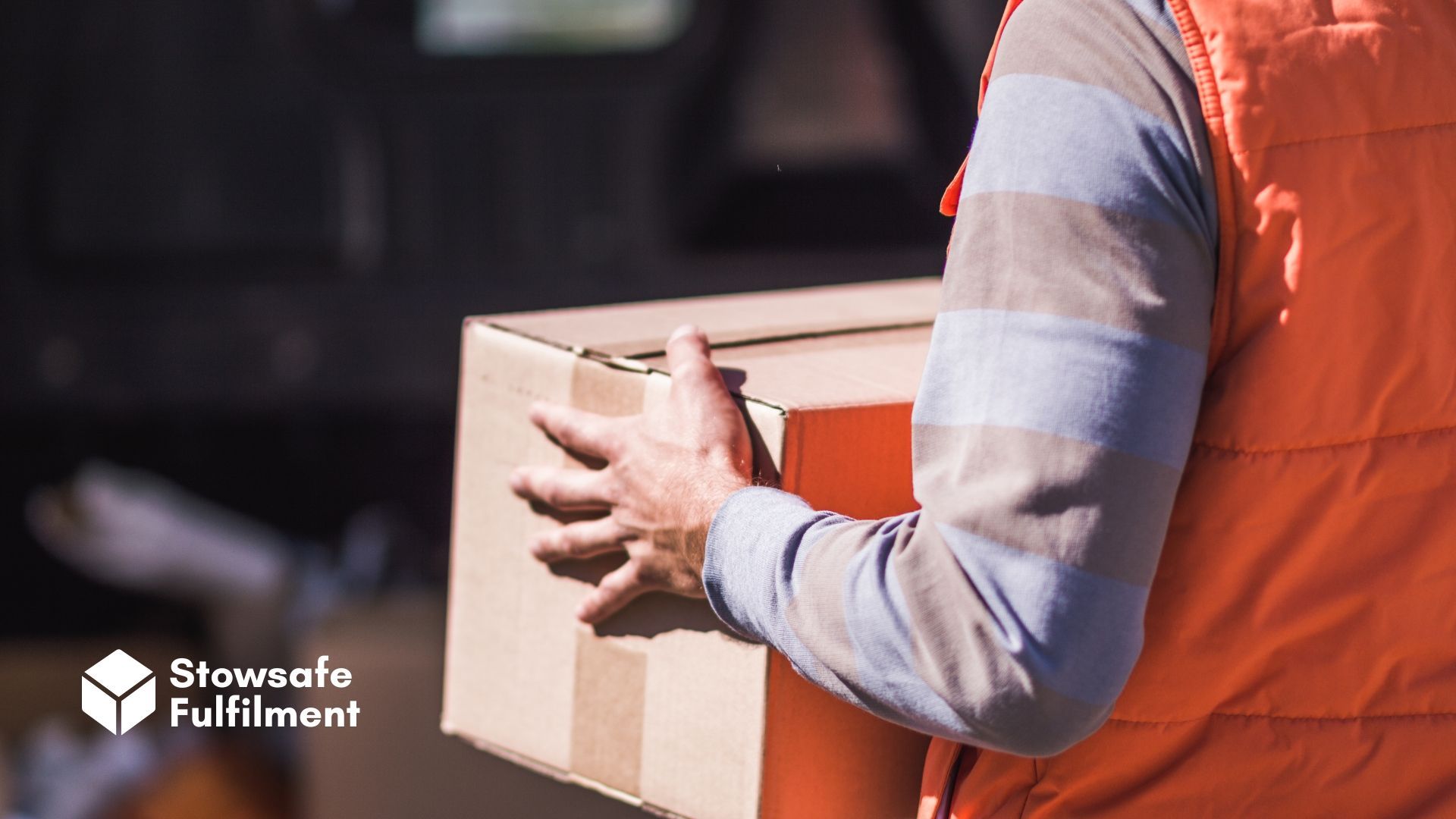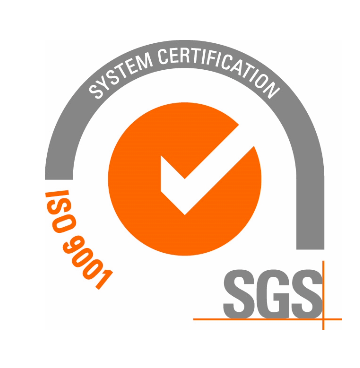Winning orders is one thing, but what about actually fulfilling them? Here's everything to expect as a small brand trying to deliver products online.
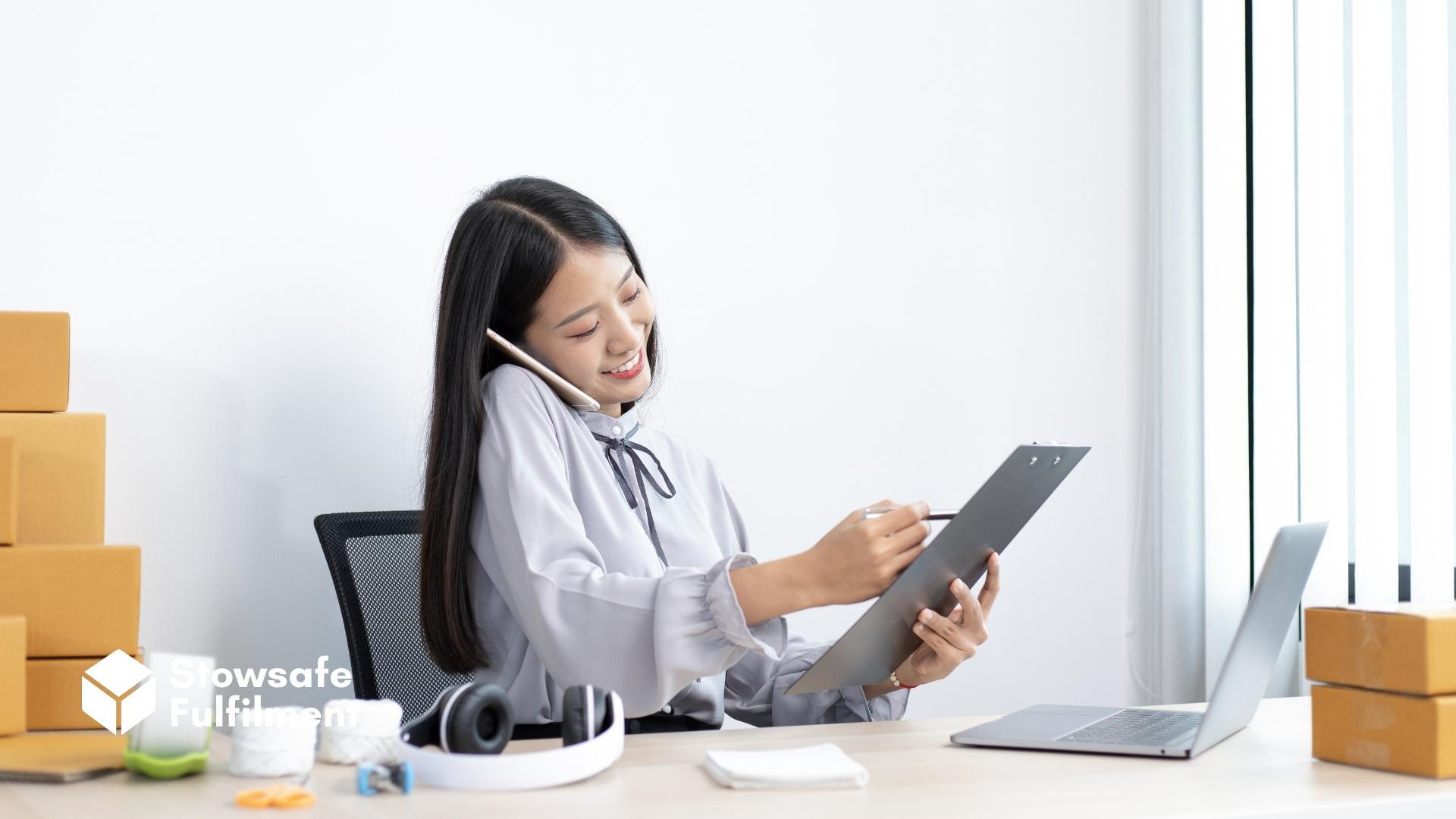
How to fulfil eCommerce orders from home
Setting up a small business can be daunting. After all the work involved in developing the products, the brand and the website… what happens when a customer actually buys one of your products?
When it comes to order fulfilment, every business – regardless of size – has the same goal: to see the order reach the customer as efficiently, quickly and reliably as possible, with minimal hassle and minimal cost.
Small or large-scale order fulfilment follows the same journey. The only difference with small businesses is that it's just one person (or a small team) juggling the steps compared to a large-scale professional fulfilment centre. Here are a few of the key things to expect, and some tips to get you started.
Order received – payment received!
Firstly, the exciting bit! After the customer clicks "buy", you'll receive the order information and payment via your chosen method. Depending on your listing, the product might be removed automatically by your marketplace if it's sold out, so you will have to monitor this and make any renewals as necessary if you have more stock to sell.
It's best practice to contact the buyer at this stage to confirm the order has been received, and check any details before starting to fulfil the order. This is a great way to offer your customers a positive first experience of your brand, and you can later use the same communication thread to give them updates about shipping and expected delivery.
Gathering stock from inventory
If you're just starting out, your inventory is probably very small and easy to locate in the spare bedroom, garage or basement. This certainly makes picking the order quite simple – provided you have things laid out in an organised way!
After gathering the order together, ensure you update inventory logs as you go to avoid losing track, especially as your business grows. It's always a good idea to give products a quick check too, just in case anything has happened to them while they've been stored – particularly if you are working with batches of stock, or items with short shelf lives.
Speed and accuracy are key objectives here. Balancing the two is vital to ensure customers receive the correct order in the timeframe they expect. While you might not be in a position to offer the same-day pick, pack and ship guarantees of a professional fulfilment centre, it's important to manage this stage of order processing as efficiently as possible. This ensures you can keep to short delivery timeframes, which are important to today's online shopper.
As orders increase, be sure to monitor how the rise in workload affects your delivery capabilities. This will help you identify when your business needs to expand into professional services.
Preparing the order
Once all items have been taken from your inventory, the next step is to package the order to ship to the customer.
Be sure to use the right shipping and returns labels – these will make it much easier to track the order on its journey to the customer. What's more, it can save you some headaches if they, unfortunately, have to send it back.
Equally important is using the right transit packaging. Whether it is mail envelopes, bags, boxes or wraps, use the most cost-effective packaging you can to minimise shipping costs that can eat into your profits. Costs are often calculated on volume as well as weight, so make sure you're not using a big box when something smaller would do the same job.
Depending on the order, void-fill packaging might be required, particularly on fragile products. Orders have to survive the journey through to the carrier centres and back out again before arriving with the customer, which can often mean being jumbled and jostled on conveyor belts and in vans.
Given the modern-day customer is becoming increasingly focussed on sustainability (and often takes this into account when choosing a brand online) try to use recycled or recyclable void-fill options where possible. Kraft paper will be sufficient in many scenarios, meaning bubble wrap or plastic air cushions should only be required on particularly fragile orders.
Don't forget- this is an opportunity to leave your customer with a lasting impression of your brand, so consider bespoke packaging and labels, or adding collateral such as "thank you" notes, samples or promotional offers to encourage customers to make return visits.
As your business grows, you mind find these additional steps become difficult to maintain – but progression doesn't have to mean losing the personal touch. Fulfilment centres often include bespoke packaging options that will allow these elements to be scaled up to meet growing demand, and the customer won't know ever know a third party was involved.
Out for delivery
The final step (discounting returns, but let's stay positive!) is to hand over the neatly packaged order to a courier. Be sure to research which courier is right for your products, and look beyond which is simply the cheapest. Remember: this is the only in-person experience your customer will have with your business, so it has to be right.
For cost comparisons, marketplaces such as
Shiply can be handy for getting quotes and identifying opportunities to combine your delivery with others. Look to online reviews, references and forums to get an idea of whether the couriers are professional, and how reliable they are at delivering in the timeframes promised. There's nothing worse than an unhappy customer who's received a damaged parcel, especially when you have to cover the cost of a replacement!
Tracking information is a must. Customers will feel more confident about their orders, and you are protected from any lost delivery problems that may arise. Tracking can also be a prerequisite for "premium seller" accreditations on marketplaces, which help get more people invested in your product.
If all goes well, the order is complete, and there is one more happy customer for your business. Remember: order fulfilment is a critical and ever-evolving part of your business objectives, so keep paying close attention to how the process is running and jump on any opportunities to make improvements!
The future: how to scale your fulfilment
As your business grows and you win more loyal customers, you'll have to scale your fulfilment process to match.
This might not be too difficult, to begin with. You can start by hiring a second pair of hands or roping in family members to help out. Then, as you reap the fruits of success, you might be able to move your business into a larger building. This means more space and – most likely – a better-organised fulfilment process.
But beyond that…? Well, that's where an eCommerce fulfilment partner can help.
You can think of these businesses as shared warehouse spaces. You'll get a dedicated area for your stock, which will be picked, packed and dispatched by the fulfilment partner's staff. This means you can scale your fulfilment while reallocating resources in-house for more important things – like honing your marketing and winning more customers.
You'll have room to grow, too. Here at Stowsafe, we pride ourselves on our flexibility, so we'll always have space ready if your business goes stratospheric.
Here's hoping!
Think you might be ready to make the leap to professional fulfilment? Explore our bespoke
eCommerce warehousing and shipping services today.
All Rights Reserved | Stowsafe Fulfilment


